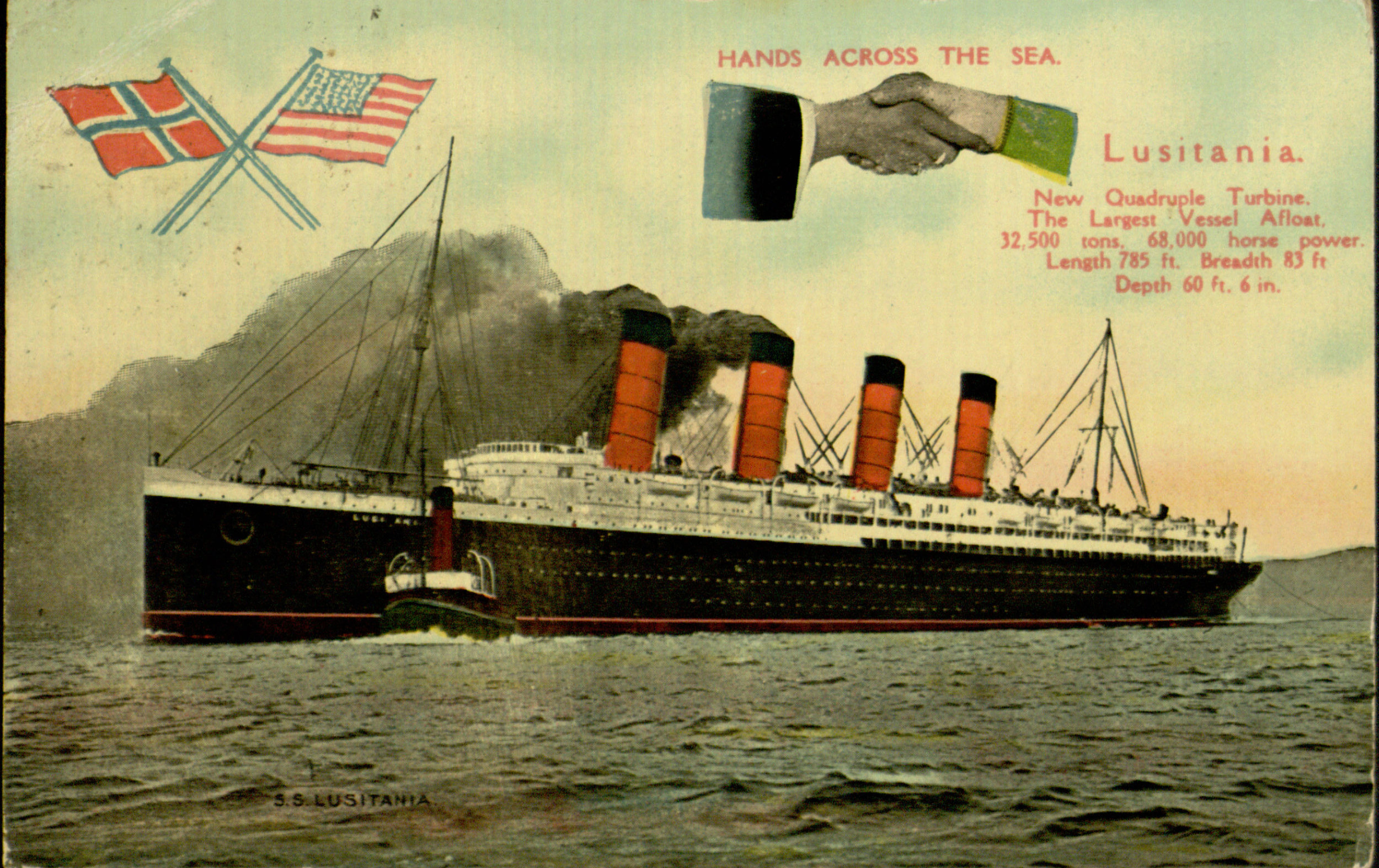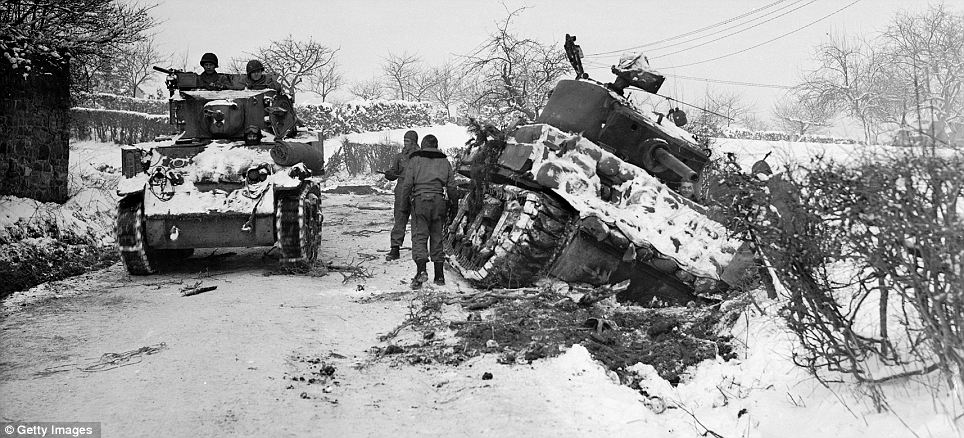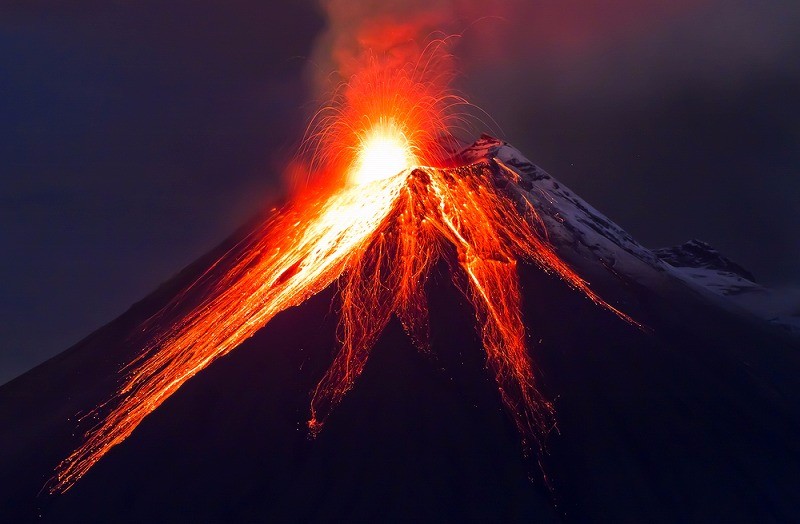10 Mind Blowing Space Stories that We Were Never Told in School
/Number 10: The Smuggled Sandwich
NASA equips its astronauts with the most sophisticated gear that is intended to keep them safe in space as well as help them perform their jobs comfortably while floating around in zero gravity. Coupled with that, they are also provided with food items that are suitable for space travel and would not damage any on-board equipment that could potentially cause a disaster. It goes without saying that taking ordinary “earth food” with you in a space shuttle while you are hurtling through the atmosphere is greatly discouraged and prohibited by NASA because small things like crumbs can get into tiny crevices in equipment and spark a fire.
However, in one mission, an extremely curious astronaut named John Young was able to smuggle a sandwich in his suit and bring it with him to space, even offering a bite to his co-pilot. The amusement turned to terror when they both realized the destructive potential of the sandwich crumbs floating around in a weightless environment. Fortunately for them, they were able to complete their mission and came home in one piece. Because of this stunt, NASA had to assure the public – and Congress – that they will be tightening their security measures and screening so that no stunt like this can ever be pulled again, placing billions of taxpayer dollars and the lives of the crew at risk.
Number 9: The Flatulence Configuration
In another story, the same astronaut, John Young, went on a mission to the moon in 1972 and have made one of history’s lesser known utterances in outer space.
While having a casual conversation with a team member, Young casually mentions some gassy digestive problems he had been experiencing and, right at that moment, let one rip while he was completely unaware that his suit’s microphone was recording everything. Luckily, the mic was not sensitive enough to record the actual “release” of his flatulence but Young was kind enough to give a colorful description of it along with a few “F” words to accompany his adjectives.
Number 8: The Diamond Denomination
You would think that this next one is all Science Fiction and could have come from the mind of an absolutely imaginative writer. However, the existence of this so-called Diamond Planet has been proven by real scientists who have been observing it with much interest.
Called PSR J1719-1438 b, the planet was said to have once been a star and that the debris it produced after it dies has managed to turn into a dwarf planet. Part of a twin-star, this diamond planet managed to survive after its brother exploded into a supernova. Managing to stabilize far enough from being obliterated, it was able to keep its carbon core that now is a colossal chunk of bling.
A pretty impressive discovery after we have all been told that Pluto has been declassified as a planet, shattering our schoolyard belief that it was.
Number 7: The Multiverse Multiplier
The debate on whether or not there are other universes outside our own is a controversial debate that has kept scientists, physicists, and astronomers on their toes and at each other’s throats for years. On one side, experts believe that there is no scientific and mathematical law that allows the existence of another universe, let alone several more.
However, on the other hand, believers of the theory have countered that neither is there evidence that disproves the theory of a multiverse that’s just waiting to be discovered.
Many have held this belief as mere fantasy and something that only happens in speculative fiction and comic books, the fact of the matter is that until scientific advancements can be made that will allow humans to explore outside the known universe, this debate will not soon be put to bed.
Number 6: The Deletion Dilemma
We are all familiar with the iconic broadcast of the first moon landing. The moment Neil Armstrong took his first step and uttered those words that are now deeply etched in human history, it was a completely new ballgame for science and the entire human civilization.
However, in 2006, a shocking twist to the story came to the public eye when NASA half-heartedly admitted that they have lost track of the recordings of the historic Apollo 11 mission but assured everyone that it was simply buried somewhere in their archives. Later, NASA announced that they have found the tapes pertaining to Apollo 11 but revealed that the recordings were “accidentally” erased.
Luckily for NASA, news agencies such as CBS who managed to record the event were able to supply a decent amount of recordings and footage from the Apollo 11 moon landing. A courtesy that was able to save NASA from disgrace.
Number 5: The Shotgun Syntax
A particularly lesser known story from the Space Race was that the USSR armed their cosmonauts with shotguns while American astronauts were busy smuggling Big Macs into space.
Modifying a TP-82 shotgun, Soviet engineers packed these firearms as they flew into space. The reason for packing some heat in the void of space, however, was not to fend off hostile aliens wanting to board their ship or in case they have to fight off space pirates. The modified shotguns were more for the trip home.
The difference between NASA and Soviet re-entry protocol was that NASA chose a much more practical approach to have their astronauts land in the Pacific region where they will then be picked up. The Soviets, on the other hand, chose the vast landscape of Siberia as their landing point. Unfortunately, when Soviet capsules re-entered the planet’s atmosphere, their capsule would sometimes fly off course and land in a different region that were mostly grizzly bear territory.
Number 4: The Giant Sun Complex
The most difficult part of understanding space is grasping the idea of how large it really is. So far, the only information we know about scale is from mock-ups of the solar system with the sun being the largest body in the universe.
Speaking of scale, let us put the sun as an example. We all know that it is a massive star that the planets revolve around on and it has different effects on each planetary body. However, a recent discovery has been made that the sun, which is 109 times larger than the Earth, is dwarfed by an even bigger star called VY Canis Majoris: a hyper-gigantic star that is, roughly, 1.7 billion – yes, BILLION – miles in diameter.
Also, bigger means brighter and hotter. Simply put, if we were to place this hyper-giant star to replace out own sun, chances are, every single planet and moon within its reach will instantly be obliterated. Fortunately for our solar system, VY Canis Majoris is 4900 lightyears away – a distance that makes it difficult for scientists to study. However, experts predict that in about 100,000 years, this star will explode and die and – probably, take a few systems with it along the way. A literal Death Star.
Number 3: The Problematic Pee Postulation
NASA engineers make sure that before they send someone off to space they have covered all the bases from suits to ships – and one of these bases involve getting rid of human waste while in outer space.
To the layman, the answer may be as simple as cracking open a chute and just let things all and float freely out of the ship. However, the solution is much, much more complicated than that. Engineers have to consider, on top of comfort and hygiene, scenarios that can possibly damage a craft or any part of it during the process of waste elimination.
One example posed an almost catastrophic scenario. In 1984, the crew of the space shuttle Discovery was stunned to discover a large icicle made of urine sticking out of the urinal discharge unit. The way it is done, in layman’s terms, is that astronauts would urinate in receptacles that are then ejected into space rather than spray it freely. Due to the technology at that time, a technical problem occurred and resulted in a bright yellow icicle. While it was hilarious to look at, the astronauts had to find a way to remove the shard of iced pee as it could cause serious problems upon re-entry into the Earth’s atmosphere. The solution, after trying different ways to get rid of it, was using the shuttle’s mechanical arm grabbing the icicle and breaking it off.
Number 2: The Dark Matter Mystery
We have somehow heard of this mysterious Dark Matter from science shows and movies. With a name that sounds like it was lifted directly from a Space Opera, it is one of the most mysterious anomalies in space and physics.
Dark Matter occurs when Einstein’s famous equation of E=MC^2 is applied to space. Using the equation, scientists are able to determine just how much matter exists in the universe. Surprisingly, however, scientists have only found 4% of matter and are boggled about where the 96% are.
Some theorists believe that the 96% of missing matter is present but comes in the form of the so-called Dark Matter; a form of matter that exists wherever no visible matter is found.
To this very day, scientists and experts are debating if in fact Dark Matter is a real thing since no conclusive evidence is pointing them in the right direction. What is even more frustrating is that Dark Matter, upholding its namesake, cannot be seen or touched; light and radio waves also pass through it seamlessly.
Since it is a fundamental scientific fact that matter – in this case, Dark or otherwise – cannot be created or destroyed, who knows? Maybe it’s right in front of us, staring at us straight in the face.
Number 1: The White Hole Conjecture
Speaking of Einstein, we know that he became famous for proving the existence of Black Holes and how they behave through mathematics.
However, while we have celebrated his discovery of the existence Black Holes and have discovered – through the advancement of our technology – several of them in space, what is less known is Einstein’s discovery of the existence of “White Holes” through his equations.
As you may come to conclude, White Holes are the complete opposite of their darker counterparts. Where Black Holes devour light and matter, White Holes seem to spit them out as if creating them from nothing. With this uncanny quality of creating matter “out of nothing”, they should be easy to spot but, to this day, at least a trace of it is yet to be found.
What is interesting to note is that if ever one is found in space, it can present answers to questions that science has yet to provide such as the origin of the material that is basically the make-up of galaxies.
Sources:
http://listverse.com/2009/12/31/top-10-mysteries-of-outer-space/
http://www.cracked.com/article_19479_the-6-most-mind-blowing-things-ever-discovered-in-space.html
https://www.thevintagenews.com/2016/07/12/5-insane-space-stories-we-were-never-taught-in-history-class-sawn-off-shotguns-for-russian-cosmonauts

































































































